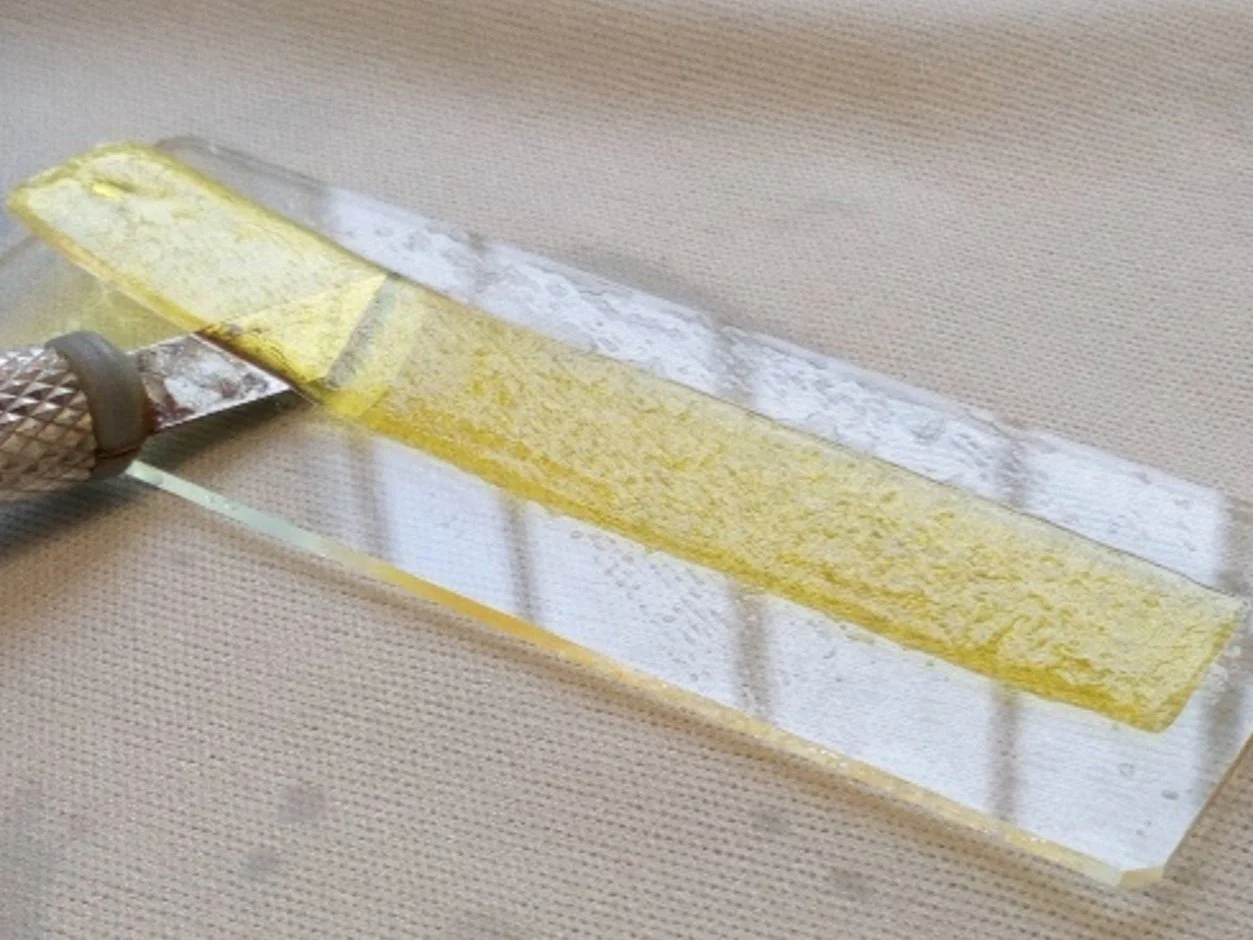Material Jetting: disposable medical devices
In this project, Added Scientific showed the advantage of employing a multi-disciplinary approach to solving customer problems, utilising our capability in inkjet printing, material development and computational modelling.
Our customer was looking to replace an outdated manufacturing method which did not yield enough control of geometry and turned to 3D printing as an accurate method of depositing material with a high resolution.
The project was broken down into a series of work packages, starting by characterising the behaviour of the existing product, as a benchmark for the new manufacturing method. Computational modelling was employed to speed up the benchmarking process with physical validation of the models being carried out in parallel.
The results of the modelling work fed into a statement of requirements for a bespoke material jetting rig. This work package included tasks to build and prove the performance of a custom-build rig, capable of rapid and highly precise deposition of photo-curable ink that could create features with the fine resolution necessary.
Simultaneously, Added Scientific undertook a formulation study using high-throughput mixing and testing equipment to permit rapid down-selection of candidate ink materials and finally, demonstrators were printed using the developed ink using the custom-build rig.
The fact that material, process and design capabilities exist under one roof was key to this client as it avoided the need for involvement of multiple organisations with all of the coordination and communication issues that exist in that situation. Additionally, Added Scientific’s ability to operate cross-functionally in projects and independently from any specific equipment supplier uniquely facilitates progress in applications where the use of additive manufacturing is novel.
If you have a problem that you think could have an additive manufacturing solution, get in touch!


